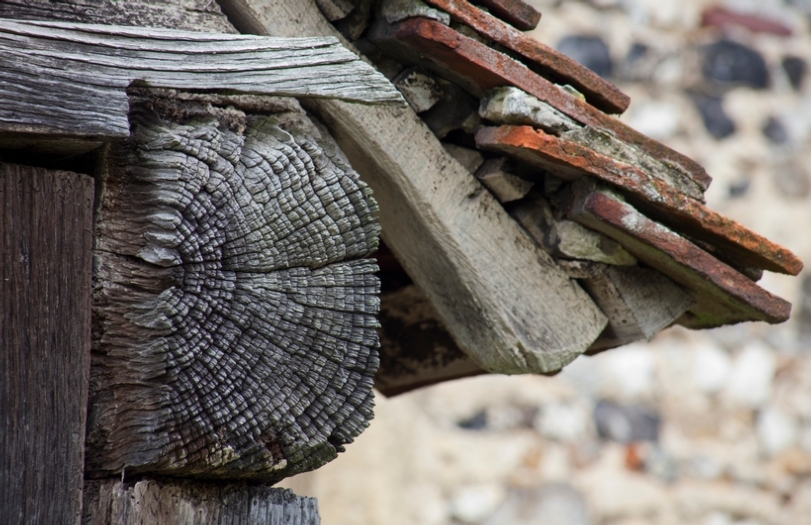CCT welcomes the opportunities offered by the Taylor Review
We welcome today the Taylor Report’s recommendations on the provision of a thriving and sustainable infrastructure for church maintenance and repair and stands ready to assist.
The trust is uniquely placed to help, having evolved just such an infrastructure for its own estate of 352 listed church buildings.
The report recommends that Listed Church of England buildings should transition from being purely places of worships to 'social hubs' and a 'community resource' in order to survive.
It goes on to suggest that the buildings be adopted by the whole community rather than only the dwindling congregations who attend them. The CCT has embodied this approach over the last decade, delivering a number of flagship community and commercial enterprises in churches that have flourished, while also retaining the historic building for worship. Recent examples include award-winning All Souls Bolton and Quay Place in Ipswich and our Champing™ product.
With more than 12,000 CofE churches listed and attendance figures continuing to fall, England faces a precipitous crisis for its unique and priceless inheritance. Support from local volunteers is often seen as the solution, but while passion and enthusiasm run high, knowledge of how to look after these buildings is not necessarily intuitive. Many local volunteer groups lack the skills of repair and maintenance and are not supported to develop them.
Peter Aiers, Chief Executive of The Churches Conservation Trust, comments,
"The CCT has a great body of experience in supporting communities to care for and sustain historic churches and is considered an international leader in the field of community development and sustainability of religious heritage.
"Today's report suggests that 'Increased use and helping communities in their broadest form to see the value and potential of the local church is the key to the church building becoming more self-sustaining and ultimately ensuring its long term survival'.
"We share the view that these buildings represent an irreplaceable emblem of unbroken community life, in some cases for more than 1000 years. At the CCT we work with over 300+ groups at a grass root level, empowering them and lending them heightened autonomy in their own decision making- whether in fundraising, conservation, estate maintenance, business planning and in a myriad manner of other skillsets. We have been working with Anglican diocese and other denominations to look at how best to use our expertise to support communities caring for historic places of worship both in terms of community development and maintenace of historic fabric."
Both CCT and the Taylor Report agree that churches require a national infrastructure of support and growth, in accord with local volunteers. We look forward to working with partners to implement its proposals.

